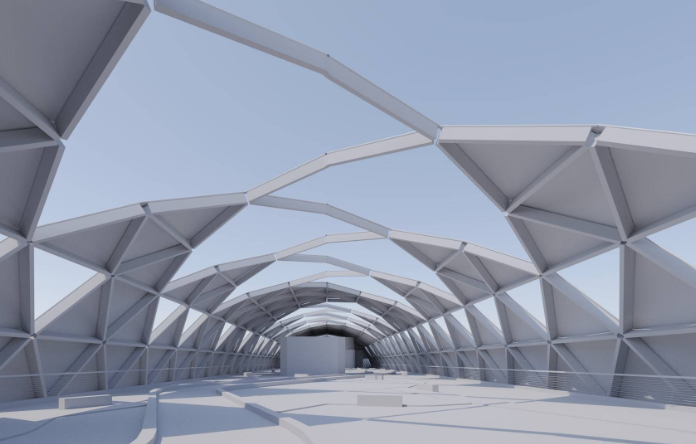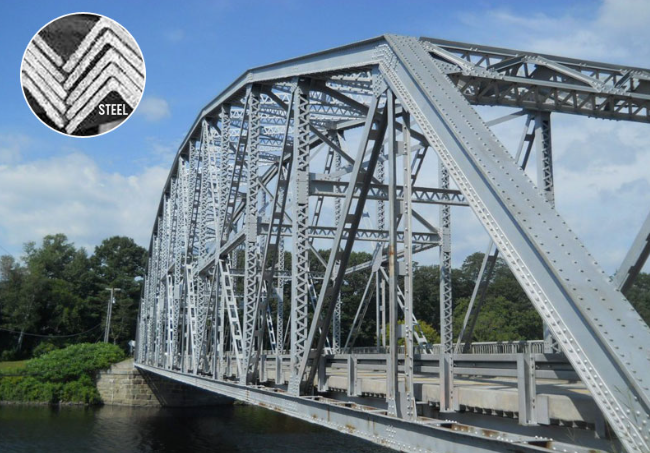What are carbon steel profiles?
947Learn what carbon steel profiles are, their main types (I-beam, channel, angle), properties, and industrial uses. Find reliable carbon steel profiles suppliers.
View detailsSearch the whole station

For construction engineers, project managers, and international buyers, choosing the right structural steel is a critical decision. Structural steel is not a single product but a family of materials, each with specific grades and standards that determine where and how it should be used.
This guide provides a clear comparison of structural steel types, grades, and global standards, along with practical sourcing tips to help buyers reduce risk and make better purchasing decisions.
| Steel Type | Common Grades | Key Property | Typical Use Cases |
| Mild Steel | A36, Q235B, S235JR | Good weldability, cost-effective | Building frames, storage racks, base plates |
| HSLA (High-Strength Low-Alloy) | A572 Gr.50, Q355B, S355JR | Higher strength-to-weight ratio | Crane components, high-rise supports, tower sections |
| Ultra-High Strength | A514, Q460C, S690QL | Exceptional yield strength (>690 MPa) | Heavy lifting equipment, mining machinery, offshore structures |
| Weathering Steel | A588, Q355NH, Corten™ | Protective rust layer, no painting needed | Bridges, outdoor structures, containers |
Grades: ASTM A36 (USA), Q235B (China), S235JR (Europe), SS400 (Japan)
Overview: Mild steel has excellent weldability and formability, making it the most widely used structural steel grade for everyday construction.
Mechanical Properties (Typical):
Practical Applications:
Sourcing Tip: A36, Q235B, and S235JR are often functional equivalents. For more details on common grades like A36, A283, and A572, see our guide to common steel plate grades.
Grades: ASTM A572 Gr.50/55, Q355B/C/D, S355JR/J2
Overview: HSLA steels achieve higher strength through micro-alloying. They allow lighter structures that can handle heavier loads, improving both efficiency and cost-effectiveness.
Mechanical Properties (Typical):
Practical Applications:
Buyer Note: HSLA is often chosen by contractors and fabricators who need reliable performance in high strength structural steel for buildings or machinery without excessive material thickness.
Grades: ASTM A588, Q355NH, S355J2W, Corten
Overview: Weathering steel forms a stable, protective rust layer, reducing maintenance costs and extending service life in outdoor environments.
Mechanical Properties (Typical):
Practical Applications:
⚠️ Limitations: Not suitable for continuous immersion (e.g., marine splash zones). In those cases, offshore structural steel (e.g., ASTM A514 or S460 offshore grades) should be considered instead.

Grades: ASTM A514, Q460C, S690QL
Overview: Designed for heavy-duty equipment and high-load environments. These steels deliver exceptional yield strength, often above 690 MPa.
Practical Applications:
Buyer Note: These grades often require preheating and controlled welding to avoid cracking—important for contractors working with thick plate sections.
| U.S. (ASTM) | Europe (EN) | China (GB) | Japan (JIS) | Typical Use |
| A36 | S235JR | Q235B | SS400 | General Construction |
| A572 Gr.50 | S355JR | Q355B | SM490 | Bridges, Buildings |
| A588 | S355J2W | Q355NH | SPA-H | Weathering Applications |
| A514 | S690QL | Q690D | – | Offshore / Heavy Machinery |
👉 Tip: Always verify with mechanical property tables, as equivalents may differ in toughness or chemical composition.
Structural steel is diverse, and choosing the right grade is essential for balancing safety, performance, and cost. Whether you are sourcing structural steel for buildings, selecting offshore structural steel, the key is to align the material grade with your project’s structural and environmental requirements.
📌 Looking for tailored recommendations? Contact our team for a consultation and sourcing options.
Learn what carbon steel profiles are, their main types (I-beam, channel, angle), properties, and industrial uses. Find reliable carbon steel profiles suppliers.
View detailsLearn about ASTM A615 rebar: chemical composition, yield & tensile strength of Grades 40, 60, 75, common applications, ASTM A706 comparison, norma ASTM A615.
View detailsUse our steel plate weight calculator to quickly estimate steel weight for carbon, stainless, or galvanized sheets.
View detailsDetailed comparison for O1 vs A2 tool steel for knives and tooling in their properties. Find the right O1 or A2 steel supplier with global delivery service.
View details
HelloPlease log in